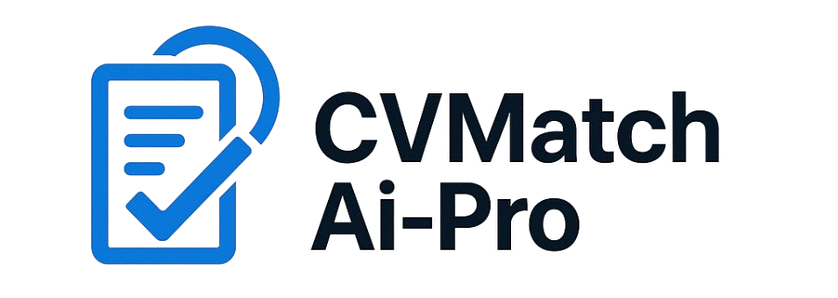How Automated Analysis Secures Better Hiring Decisions
In today’s competitive talent market, making the right hiring decisions is more crucial than ever. Traditional recruitment methods, often reliant on subjective judgment and manual screening, are no longer sufficient. Automated analysis, powered by AI and machine learning, offers a smarter, faster, and more objective approach to hiring. Let’s explore how automated analysis secures better hiring decisions and transforms recruitment outcomes.
The Flaws of Traditional Hiring Practices
While traditional recruitment processes have been effective to some extent, they come with significant limitations that impact hiring quality and organizational success.
Subjectivity and Bias
- Human biases—both conscious and unconscious—can influence resume screening, interviews, and final hiring decisions.
- Subjective evaluations often lead to inconsistent and unfair assessments of candidate potential.
- Bias undermines diversity and inclusion efforts, limiting organizational innovation and growth.
Inconsistent Screening and Evaluation
- Manual resume reviews and unstructured interviews vary widely across recruiters and hiring managers.
- Inconsistency reduces the reliability of hiring decisions and increases the risk of costly mis-hires.
- Without standardized assessment frameworks, it’s challenging to compare candidates objectively.
How Automated Analysis Improves Hiring Decisions
Automated analysis uses data-driven methods to evaluate candidates systematically, eliminating many of the flaws inherent in manual hiring processes.
Objective Candidate Evaluation
- AI algorithms assess candidates based on skills, experiences, achievements, and potential—not superficial or biased factors.
- Structured analysis ensures all applicants are evaluated against the same criteria, promoting fairness and transparency.
- Objective evaluations improve the predictive validity of hiring decisions, leading to better long-term outcomes.
Predictive Insights into Candidate Success
- Automated analysis identifies patterns in candidate data that correlate with future job performance and retention.
- Predictive models prioritize candidates most likely to excel, reducing reliance on intuition or “gut feeling.”
- Hiring based on data-driven potential rather than surface-level impressions improves quality of hire significantly.
Faster and More Efficient Decision-Making
- Automated resume screening, assessment scoring, and interview analysis accelerate candidate evaluations.
- Faster hiring cycles enable organizations to secure top talent before competitors do.
- Efficiency gains free recruiters to focus on strategic initiatives like talent pipelining and employer branding.
Key Benefits of Automated Analysis for Recruitment
Integrating automated analysis into the hiring process delivers tangible benefits that enhance both operational efficiency and hiring effectiveness.
Higher Quality Hires
- Objective, data-driven evaluations result in candidates who are better suited for the role and organizational culture.
- Higher-quality hires contribute to improved team performance, innovation, and business outcomes.
- Reduced turnover rates lower recruitment costs and stabilize workforce planning.
Improved Diversity and Inclusion
- Standardized evaluation processes minimize biases that traditionally disadvantage underrepresented groups.
- Diverse hiring outcomes drive stronger organizational resilience and creativity.
- Automated fairness auditing ensures continuous improvement toward DEI goals.
Enhanced Candidate Experience
- Faster feedback and transparent communication keep candidates engaged and respected throughout the process.
- Positive experiences enhance employer branding and increase future applicant interest.
- Data-driven decisions reduce subjective rejections and provide clearer feedback opportunities.
Best Practices for Leveraging Automated Analysis
To maximize the benefits of automated hiring, organizations must thoughtfully implement and continuously refine their approaches.
Choose Ethical, Transparent AI Solutions
- Partner with vendors who prioritize bias mitigation, explainability, and candidate data privacy.
- Regular audits ensure AI models remain fair, accurate, and aligned with organizational values.
- Transparency builds trust with candidates and internal stakeholders alike.
Blend Automation with Human Judgment
- Automated insights should guide, not replace, final hiring decisions.
- Recruiters and hiring managers must apply contextual understanding and emotional intelligence to complement data findings.
- Maintaining the human touch preserves authenticity and strengthens candidate relationships.
Continuously Optimize and Adapt
- Recruitment teams should monitor hiring outcomes and candidate feedback to fine-tune automated processes.
- Ongoing optimization ensures that hiring strategies evolve with market dynamics and business needs.
- Agility and innovation are key to maximizing the impact of automated analysis.
Conclusion
Automated analysis is revolutionizing hiring by making decisions faster, fairer, and more predictive. By integrating AI-powered evaluation tools thoughtfully, organizations can secure better hiring outcomes, build stronger teams, and create a competitive advantage in the evolving talent landscape. In the future of recruitment, data and human insight will go hand-in-hand to drive success.
